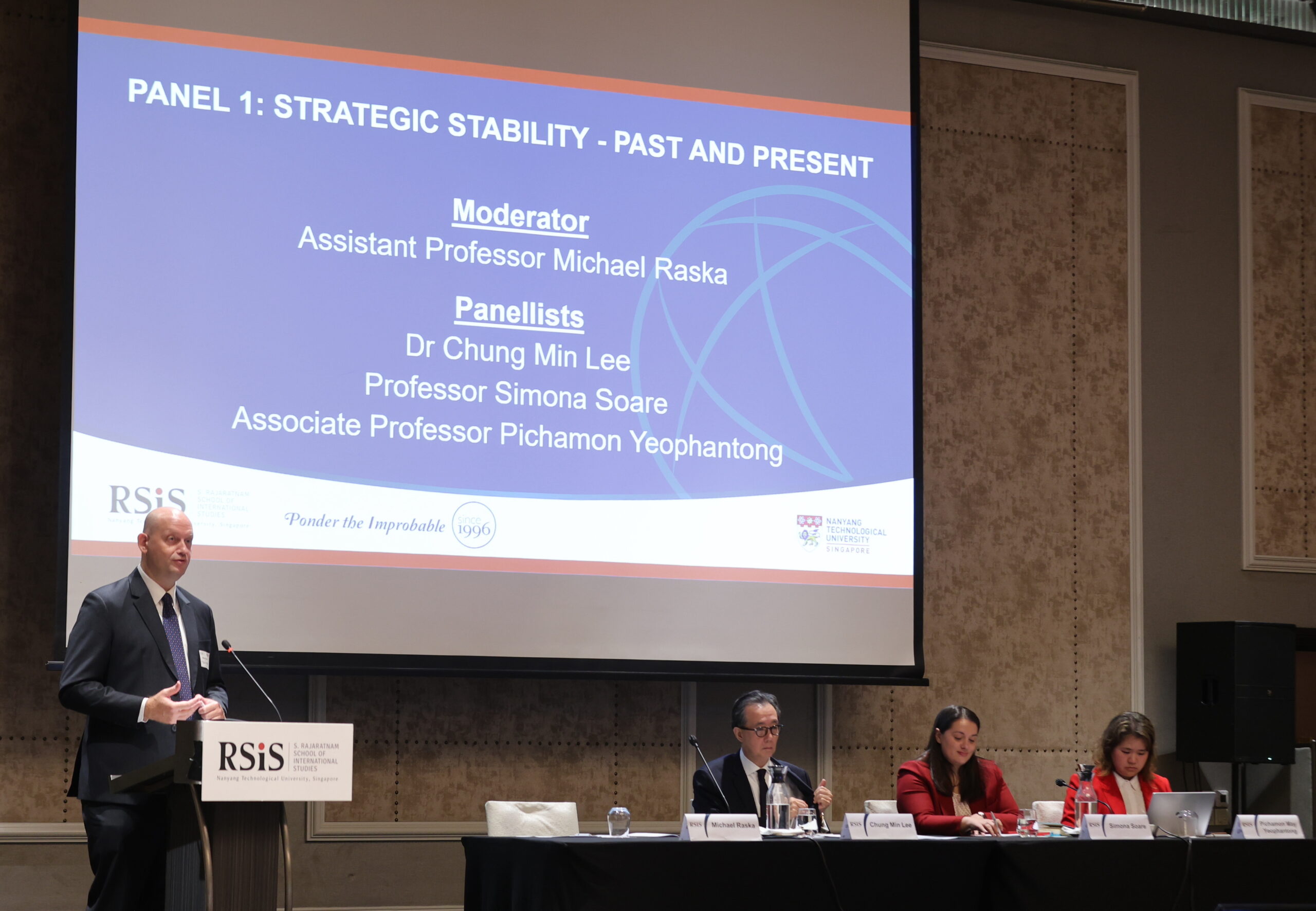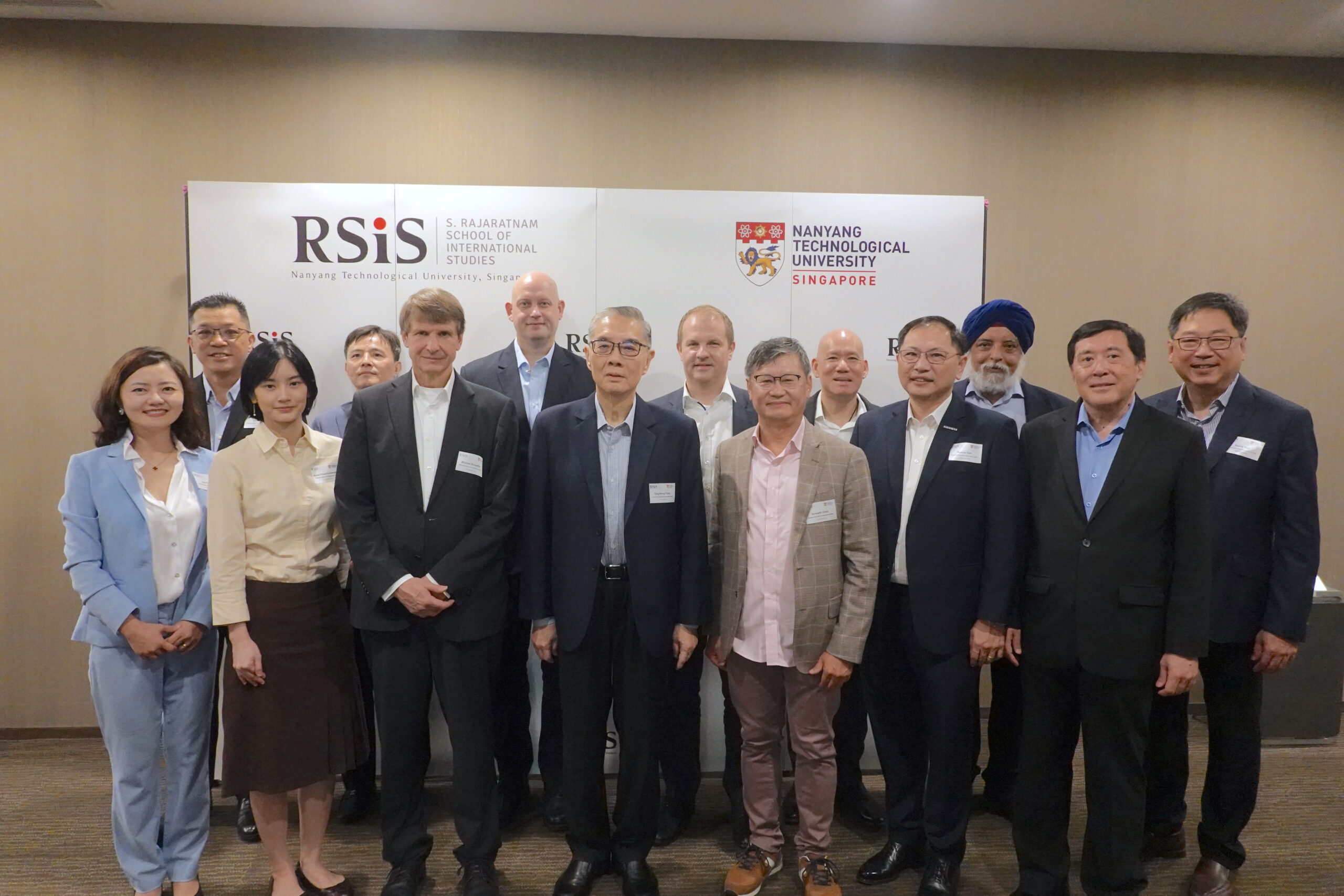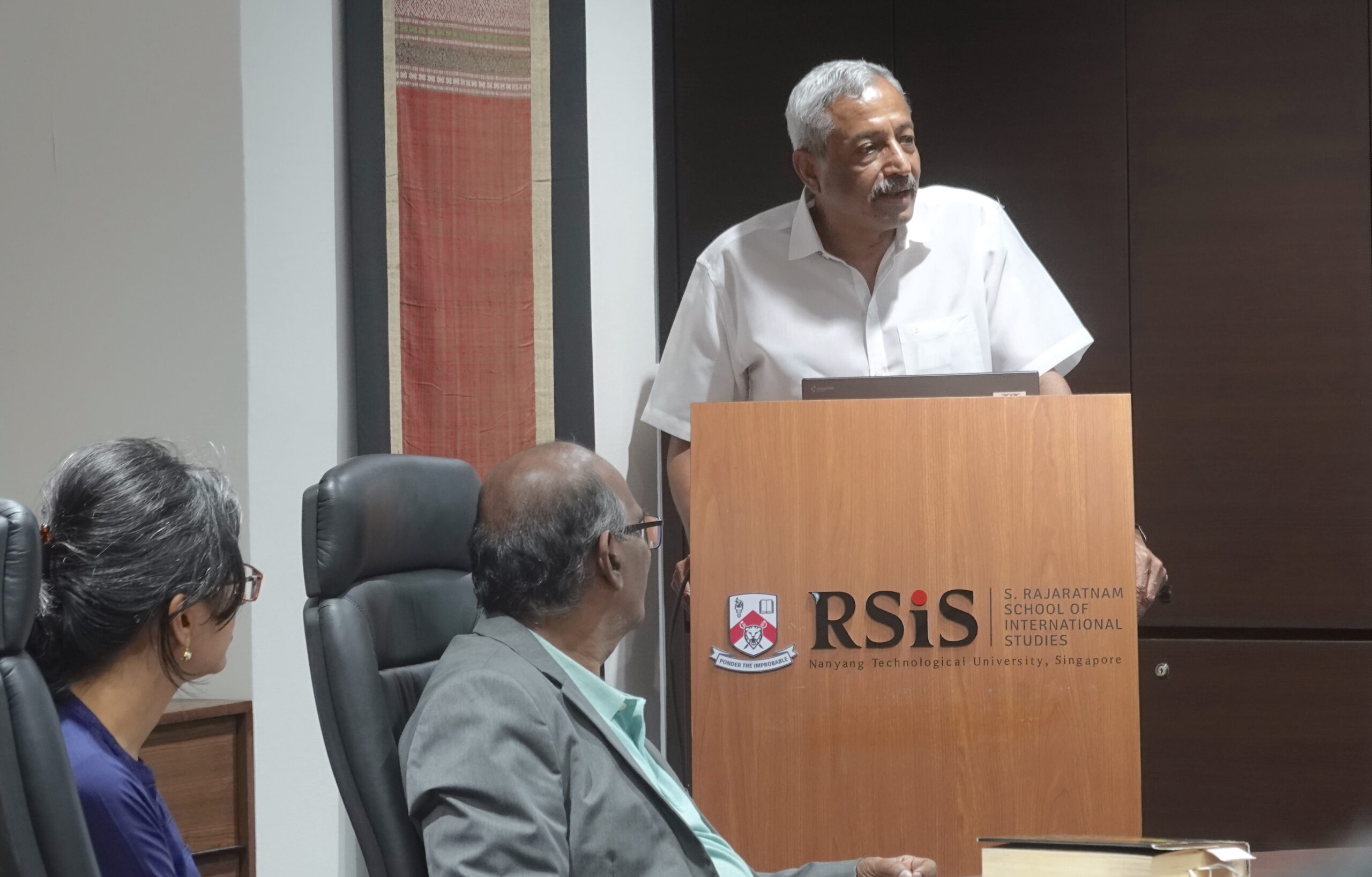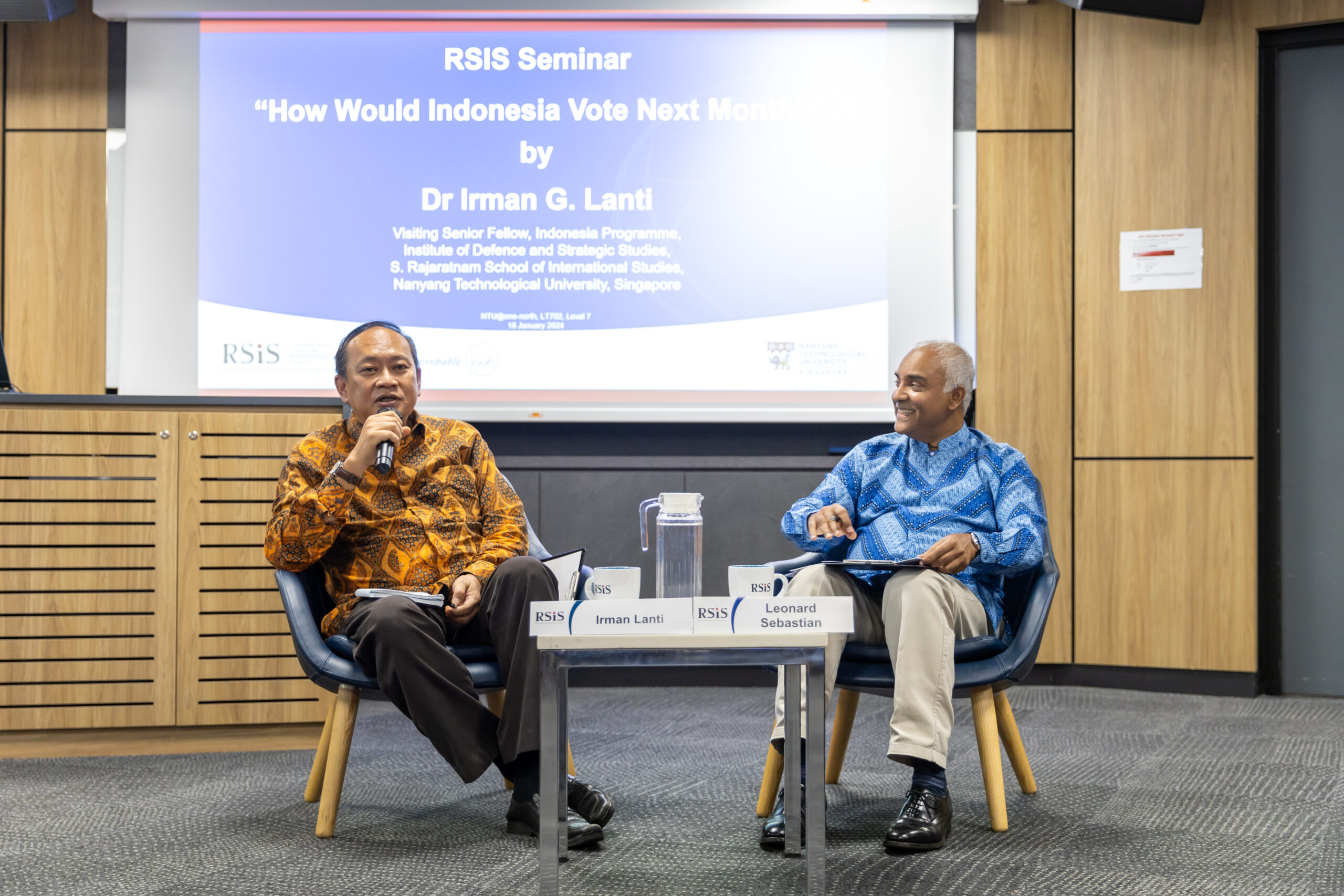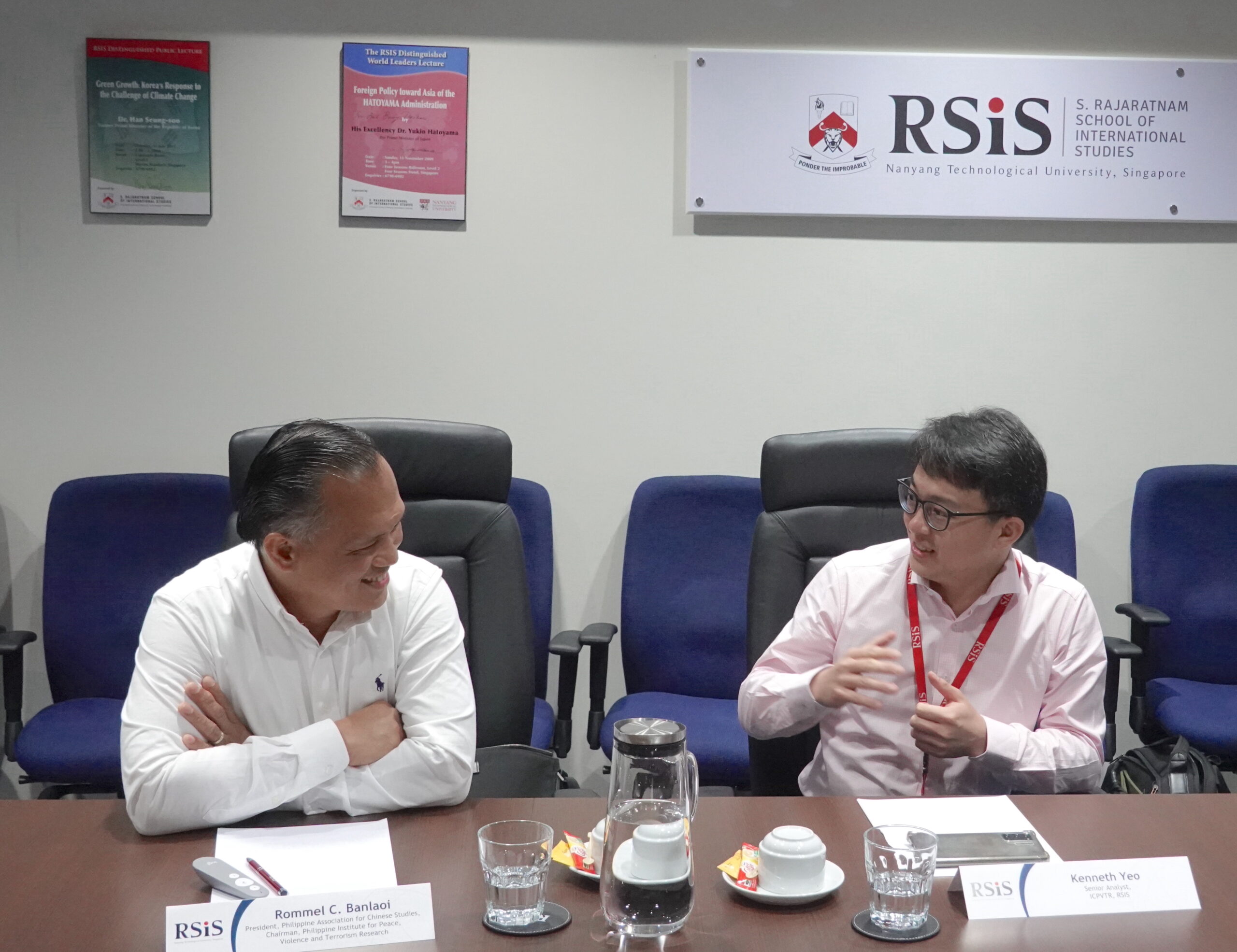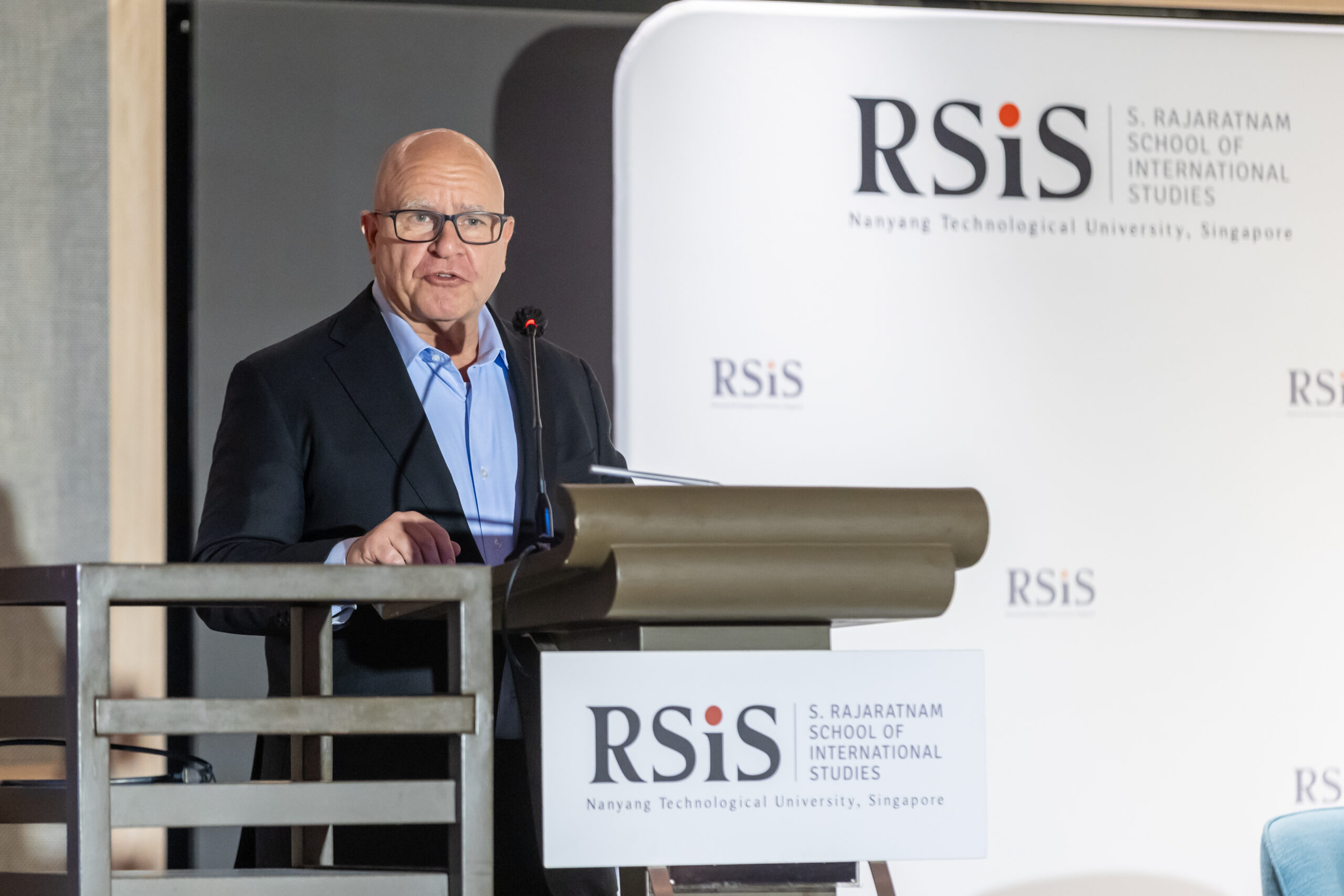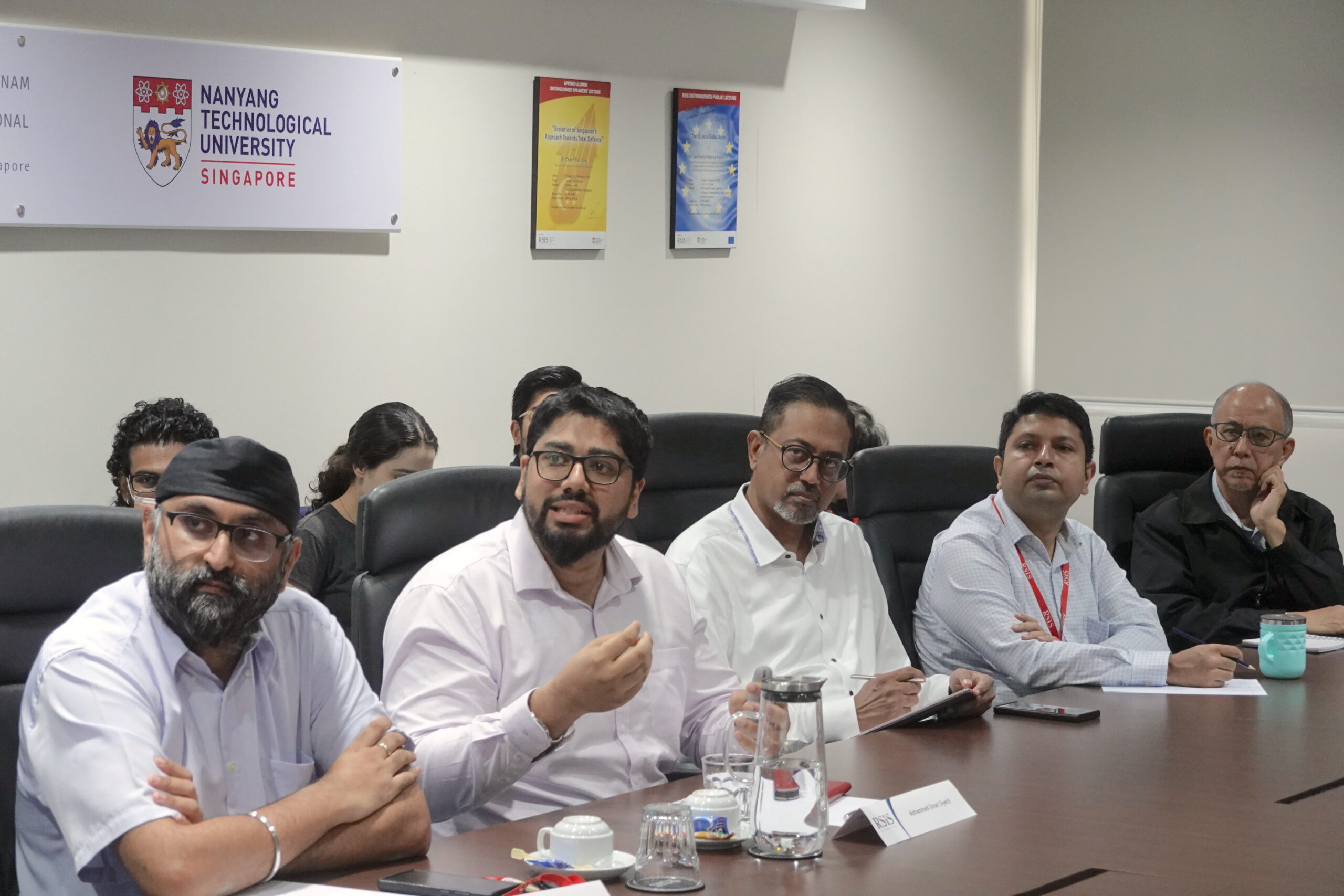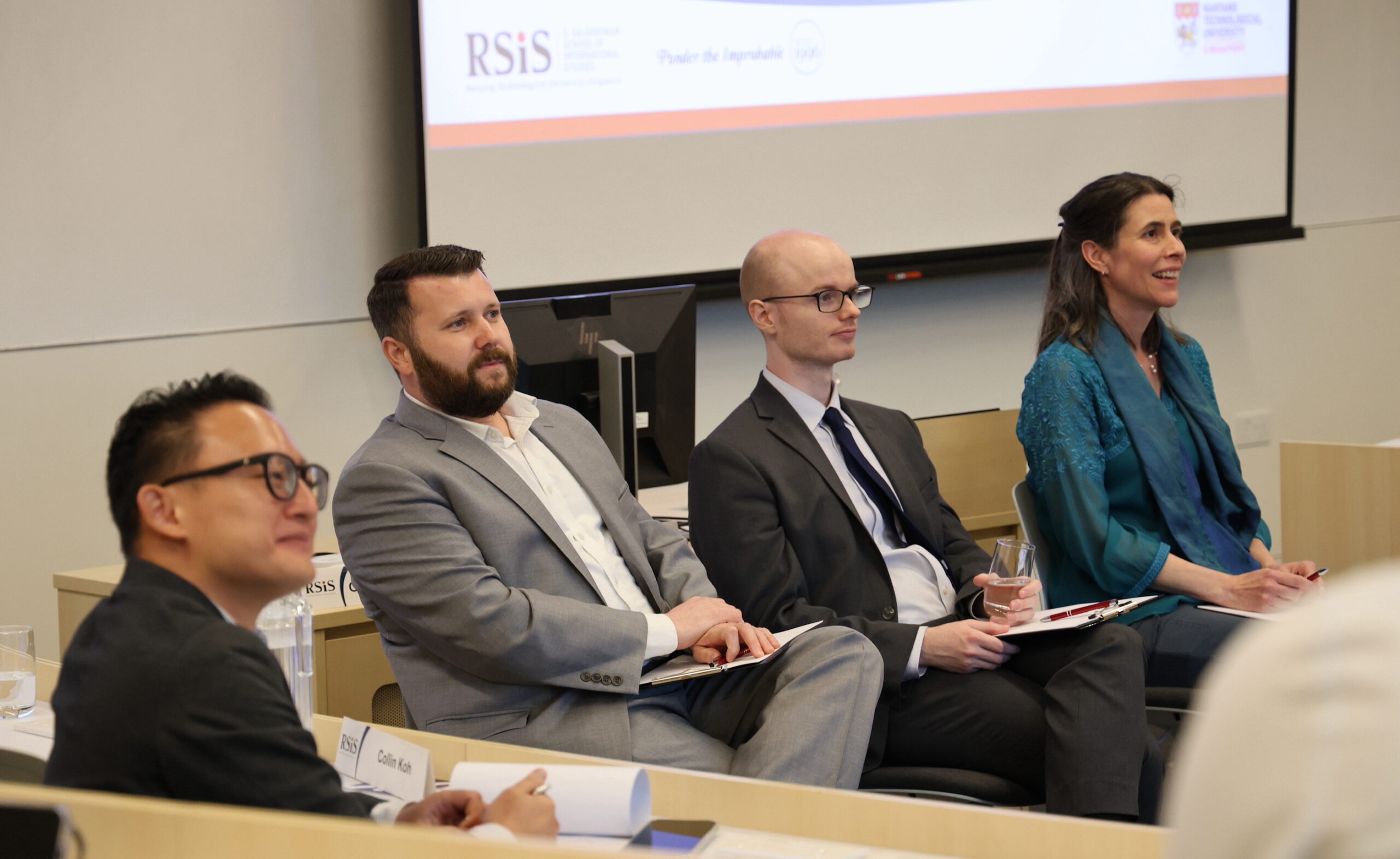

The Centre for Multilateralism Studies (CMS) hosted Dr Cheng-Chwee Kuik, Professor of International Relations and Head of Centre for Asian Studies, Institute of Malaysian and International Studies, National University of Malaysia; on 5 February, when he spoke on “Hedging by Multiple Means? Middlepowership and the Bilateral-Multilateral Nexus in Indo-Pacific”.
Dr Kuik highlighted conceptual distinctions between the strategies of balancing, bandwagoning, and hedging, discussing the defining elements of each. It is crucial to outline the distinctions in order to understand how rational states would act under the conditions of high stakes and high uncertainty. He noted that “balancing” involves fully siding with one power against another; “bandwagoning” is fully siding with one power (a rising power or a growing threat); and “hedging” involves not taking sides or non-alignment via multi-alignments.
Elaborating on hedging, Dr Kuik noted that hedging is an insurance-seeking behaviour aimed at mitigating and offsetting risks while cultivating fallback options. Hedging is carried out through multi-layered partnerships that utilises all available tools and instruments, some bilateral and some multilateral — including minilateral mechanisms — pursued in a mutually counteractive manner.
Dr Kuik argued that under the conditions of high stakes and high uncertainty, rational states tend to pursue the following:
- active neutrality of not taking sides vis-à-vis competing powers
- inclusive diversification of strategic and developmental links (multilayered partnerships) with all players that matter
- prudent fallback cultivation or a “just in case” contingency that aims to keep options open by pursuing strategic offset (mutually-counteracting measures).
Middle powers, whose aspirations, anxieties, and abilities push them to acquire as many means as possible to mitigate risks and maximise benefits under uncertainties, are especially inclined to strengthening the bilateral-multilateral nexus and synergising multi-layered partnerships. Dr Kuik identified three clusters of bilateral-multilateral nexuses in the Indo-Pacific era including those among the US and its allies and partners, such as the Quad and AUKUS; the inter and intra-spoke circles, such as Australia-Japan, Australia-Japan-India, etc; and those centered on the Southeast Asian states, either among the ASEAN members or between individual ASEAN states and their respective partners in and out of Asia. In conclusion, he noted that Southeast Asia is an increasingly crowded geopolitical region where adopting multi-dimensional diplomacy will present more opportunities for economic and strategic diversification.




